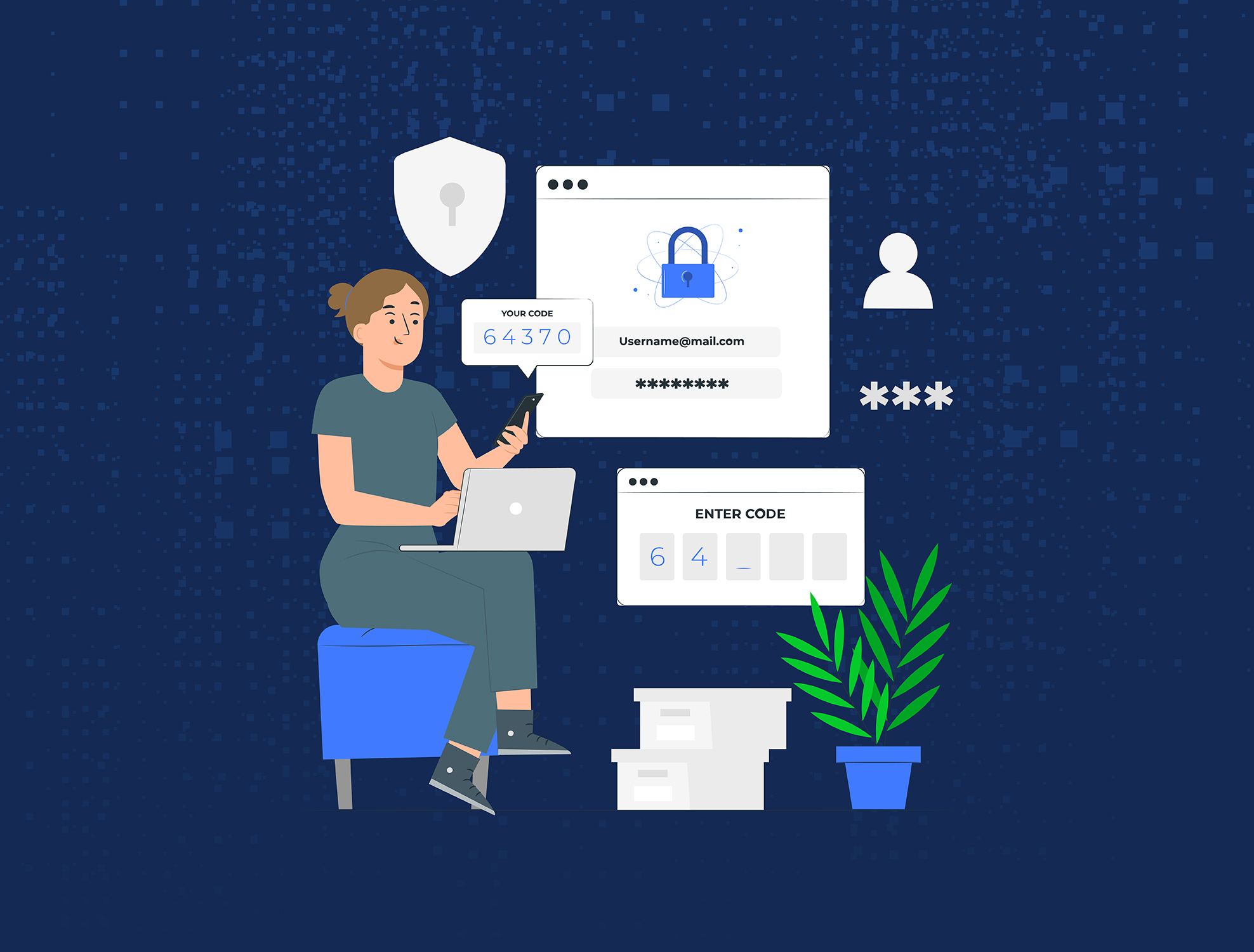For over a decade, contact centers looking to expand their capabilities have deployed new software solutions on an as-needed, case-by-case basis. This method of treating software solutions as isolated building blocks may have worked in the past. But in today’s omnichannel environment, where businesses must be available on their customers’ preferred channels, such an approach can risk losing their customers – possibly forever.
For one, it’s expensive. Each new “add-on” software solution usually comes from a different source and incurs a one-time setup, as well as regular maintenance and training expenses. For smaller contact centers, this may mean strained budgets and limited features. With an integrated solution, they can build a contact center that fits their price range and meets customer demands.
Another reason the piecemeal approach is ineffective is such solutions are often “mismatched”, requiring agents to switch screens as they work. This disadvantage limits their speed and effectiveness while increasing their frustration, which eventually hurts their ability to serve customers to their satisfaction.
Finally, with a non-unified, inadequately-connected solution, collaboration, and data-sharing suffer, which again affects agents’ abilities to competently do their jobs, affecting the contact center’s service delivery outcomes.
For all these reasons, better integrations across disparate systems and applications are an absolute must in modern contact centers. Without these integrations, they risk falling short of customer expectations and losing business to competitors. But with them, their agents can save time, improve their productivity and efficiency, and make every customer interaction more meaningful. As a result, they can confidently meet evolving customer demands and deliver better customer experiences, which ultimately improves the organization’s profitability.
So what are some of these essential integrations for modern-day omnichannel contact centers?
#1: Customer Relation Management (CRM) Integration
Goal: To gain valuable action-focused insights into customers
In a world where “customer experience” has become the critical differentiator for contact centers – and indeed for businesses – everywhere, CRM and call center software integration can form the bedrock of effortless, highly-beneficial customer interactions. Tight integration enhances both systems’ business value, boosts agent productivity, and enables more informed decision-making throughout the enterprise.
Many omnichannel contact centers already use CRM solutions alongside their primary contact center platform. But by directly integrating CRM into their platform, they can gain valuable insights about their customers’ journeys, preferences, behaviors, and prior interaction history. They can also understand some of the factors that drive their decisions.
In a recent survey, 77% of customers expected companies to know their purchase history, regardless of the communication method. Seamless integration with CRM makes it possible for the contact center to have access to this data. Every interaction on every channel is automatically recorded in the system, along with the interaction context. Plus, call recordings, digital transcript links, and interaction metadata ensure that an accurate, up-to-date, holistic view of every customer’s journey is always available to agents, which they can immediately access every time they contact the center. Moreover, with a unified agent desktop such as the Cisco Finesse Unified Agent Desktop with Salesforce or the Avaya Agent Desktop with Salesforce, this “contextual” data will be available on the same interface/screen they use to communicate. This allows them to quickly address the customer’s concerns without wasting time looking for relevant data points and switching screens. Since they don’t have to make the customer wait, interactions are smoother, and the chances of high CSAT and FCR are much higher than otherwise.
NovelVox also provides advanced integration solutions for Cisco, Avaya, and Genesys contact centers whose CRM of choice is Microsoft Dynamics. With this integration, such contact centers have all the advanced functionalities they need to offer enhanced customer experiences and boost their brand value.
#2: Unified Communication (UC) Integration
Goal: To improve internal communications, teamwork, and collaboration
A contact center’s primary goal is to manage customer communication, i.e., external communication, to ensure customers remain satisfied and loyal. But all too often, internal communication problems can be a huge stumbling block in achieving these goals. Here’s where integrating internal communication tools such as video conferencing, team messaging, project management, file sharing, calendars, etc., into contact center software can bridge the communication gaps to deliver better results for improved customer satisfaction. Such integrations enable agents to share relevant information, best practices, or lessons learned, which improves internal collaboration and ensures that agents are on the same page whenever required. When they can quickly send messages to each other or senior agents, supervisors, or subject matter experts, they can quickly resolve their doubts. This can be a massive advantage for all agents, but more so for new hires. Such quick access to relevant expertise can minimize training time and prepare them for “live” customer communications faster and better.
Cloud-based UC integrations also simplify remote work, an absolute must-have benefit in the post-COVID world we currently live in. This allows agents to collaborate from anywhere and at anytime seamlessly. They feel empowered and heard and can also work more effectively together. This translates into increased workplace satisfaction, which enables them to serve customers better, improve their first-contact resolution, and ultimately, enhance customer experiences.
#3: ServiceNow Integration
Goal: To improve collaboration between the contact center and IT/customer service desks
Integration with the ServiceNow platform ensures that data between the contact center and service desks remain consistent and up-to-date. This unification between rich IT service management (ITSM) and customer support information strengthens omnichannel call center capabilities, which provides exceptional experiences for customers and agents, supervisors, and experts.
Depending on the contact center’s requirements, different types of ServiceNow integrations are available. For example, Novelvox provides ServiceNow integration with Cisco Finesse Agent Desktop and Avaya Agent Desktop. With these smart integrations, contact center agents have access to an enhanced and optimized communication-cum-ticketing interface to view all relevant details about the customer and raise/manage tickets quickly. They can make/receive phone calls from the desktop and continue to log call data to ServiceNow. Since they don’t have to switch screens looking for information about – or for – the customer, they can focus on the interaction and proactively address their issues while providing personalized service from start to finish. This helps them improve FCR and reduce Average Call Handling Time (AHT), thus enhancing customer engagement.
Both kinds of ServiceNow integrations from NovelVox come with a built-in agent scripting tool. Scripts ensure that only accurate, company-approved information is shared with customers. They keep agents unified and effective and enable them to reduce level 1 call escalations and even improve their FCR. Contact center supervisors can also use these scripts to train new agents so they’re ready to go live faster.
A customized ServiceNow CTI connector for Cisco is also available.
#4: API Integration
Goal: To add new functions to the contact center without increasing the burden on IT
Contact centers often need to add new functionalities through third-party applications and services. Open, RESTful APIs make it easier to add, customize, and integrate such pre-built apps to the contact center platform without burdening IT.
Vendor development programs are often prohibitively expensive and offer limited support and documentation. But with RESTful APIs and mobile SDKs, contact centers can build powerful off-the-shelf integrations, test them with their own data, and add functionalities as and when needed. With JSON-based REST APIs, they can gain access to new features and connect to virtually any third-party system that could be useful to agents, administrators, supervisors, or subject matter experts. They can also feed the contact center platform valuable content from other sources and improve their workflows.
So whether the ultimate goal is to reduce AHT, save operational costs, or scale up their omnichannel capabilities with minimal IT involvement – APIs and SDKs can simplify integrations and empower the contact center to build a differentiated customer experience.
#5: Zendesk Integration
Goal: To enhance data-driven customer service outcomes
Integration between contact center software and Zendesk is a powerful and highly-effective way to streamline customer support processes. Today’s customers expect personalization and want to be able to choose their preferred interaction channel. This integration addresses these challenges by providing access to the rich data available in Zendesk. It adds comprehensive contact center functionality to the helpdesk application so that agents can work from one unified application to do everything, from making and receiving calls to logging call data, and even adding notes to Zendesk tickets from anywhere on the desktop.
NovelVox offers Zendesk CRM integration for Cisco Finesse Agent Desktop and Avaya Agent Desktop, both of which provide advanced functionalities and integrated customer views so that agents can provide high-quality and personalized service to every customer. They can leverage customer details and context, both available at their fingertips, to tailor every conversation and improve every engagement. Also, pre-built gadgets for ticketing, customer management, knowledgebase, scripting, call disposition, and more help simplify workflows and speed up the time to resolution. This helps strengthen customer relationships and ensures their loyalty over the long term.
Wrap up
As customers become more demanding and less patient, isolated contact center solutions can no longer keep up with these new realities. The only way to maintain customer satisfaction and keep business growth on an upward trajectory is to embrace a unified, connected solution that integrates multiple elements into the contact center platform. From CRM and ticketing to third-party APIs and Unified Communication, the modern contact center needs all these applications and more to survive and hopefully thrive in the future. To know more about NovelVox’s world-class integrations or how they can power your contact center’s customer service outcomes, get in touch.





















